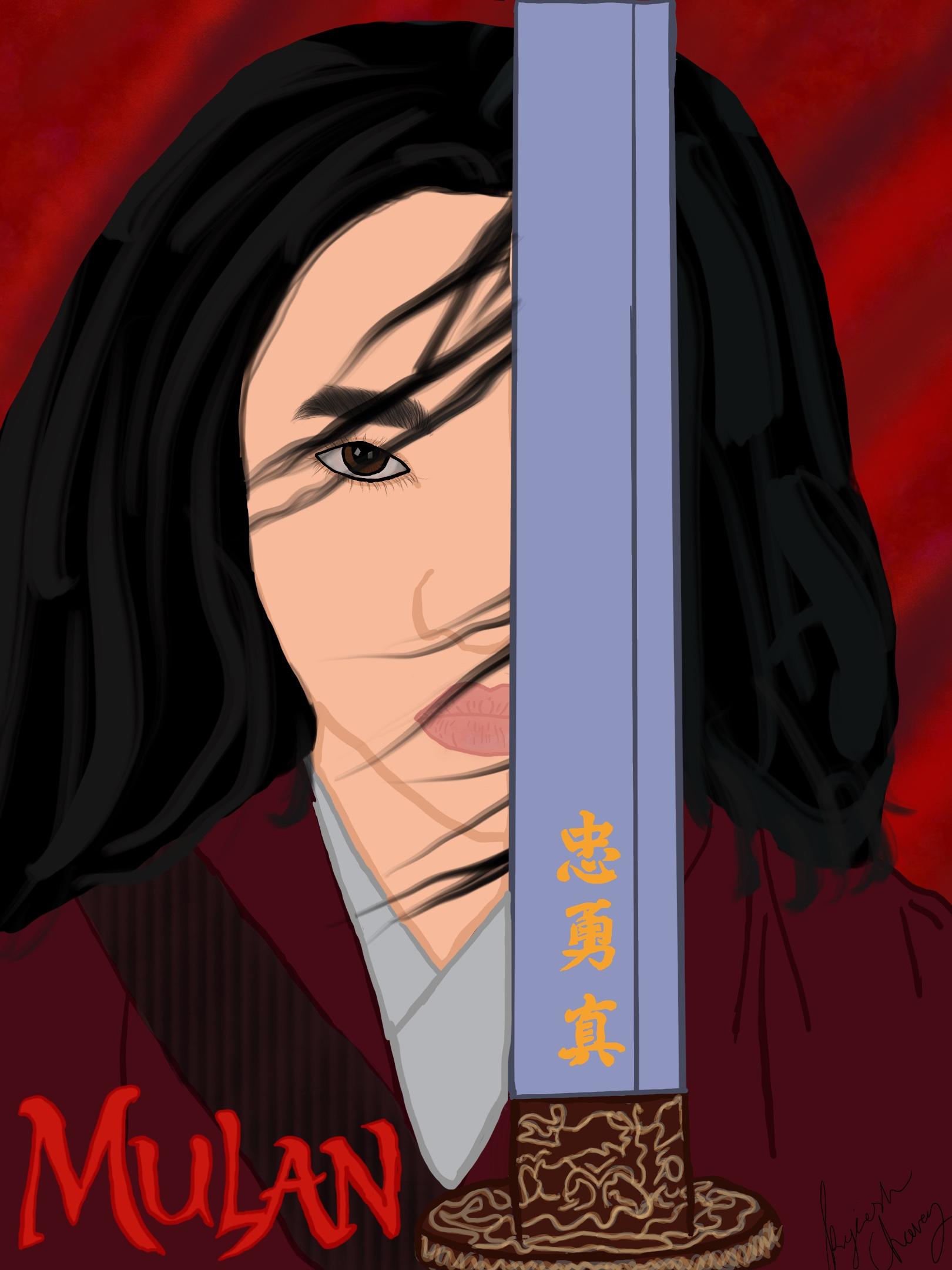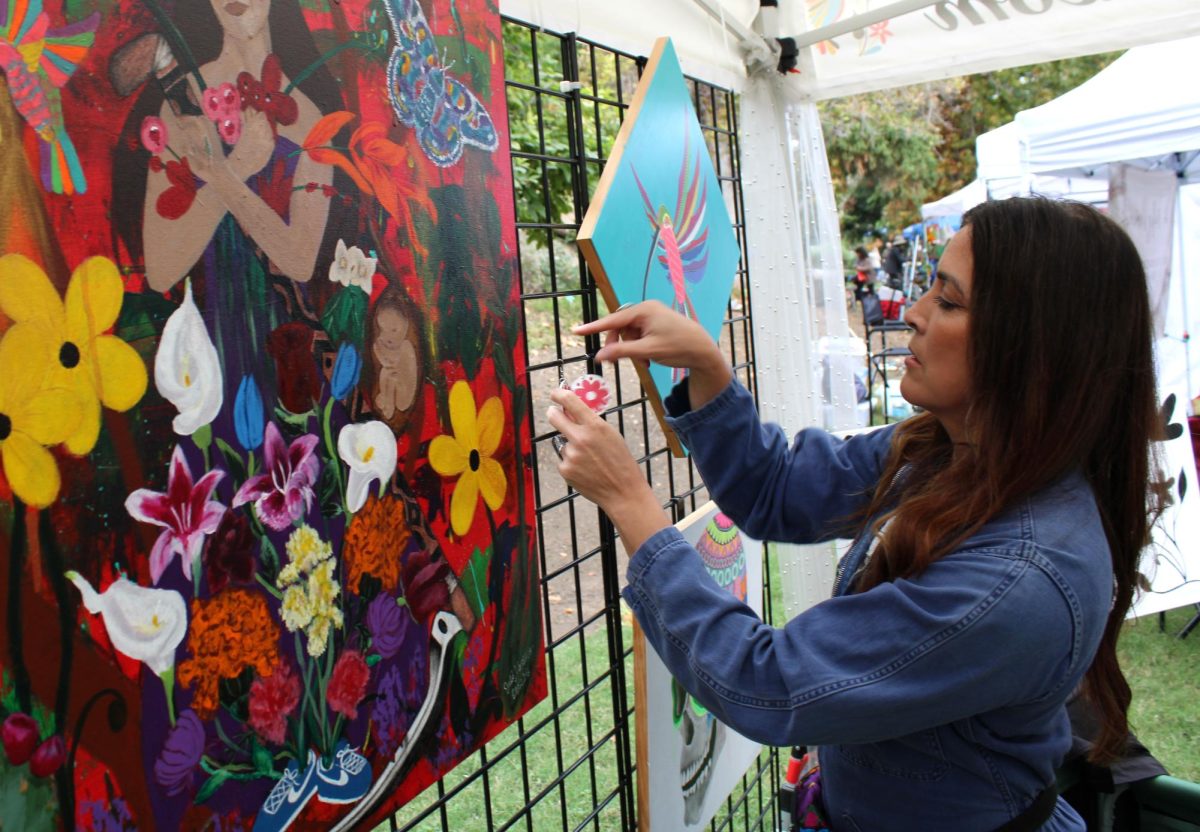
By Justin Yoth
A live-action reboot of an animated classic is stirring unease for Disney lovers.
“Mulan,” released Sept. 4 on Disney+, was originally set to release in theaters March 27, but was postponed three times due to COVID-19 safety regulations.
“Mulan” is based on the 1998 animated film and attempts to realistically mirror the original Chinese fable “Ballad of Mulan,” from which the character “Hua Mulan” rises. This is said to take place during the Northern Wei and Southern Dynasties of ancient China.
Most of the film was shot in New Zealand. But the backlash came amidst the growing political tension in Hong Kong and a detailed end credits screen thanking the Chinese government for allowing Disney to film in China’s northwest Xinjiang region, home to the Uyghur Muslim concentration camps.
Some are calling for Disney to change its dealings with the Chinese government and surrounding agencies.
Many have opted for boycotting the film, largely due to the severe oppression of Uyghur groups in the area. Disney has decided to remain complacent.
CJ Werleman, an Australian journalist, and Khaled Beydoun, author of “American Islamophobia: Understanding the Rise and Roots of Fear,” have actively led Twitter campaigns with the hashtag #BoycottMulan, according to the Stanford Arts Review. Boycott efforts have been seen in Thailand, Taiwan and worldwide.
A large percentage of the boycotts are due to Liu Yifei, who plays Mulan, commenting in support of the Communist Party of China and the police brutality that has suppressed pro-democratic protests in Hong Kong. Her comments sent shockwaves of outrage toward herself and the film.
Many Chinese viewed it as a stereotypical display at the hands of Westerners for the incorrect depiction of characters and concepts relative to their times. Others viewed it less critically.
Comments on the movie’s YouTube trailer complain about its lack of character growth and similarity to past films. They were particularly dissatisfied with the removal of Mushu, Cricket and Li Shang, who were important characters in the original Disney film, as well as its iconic soundtracks.
Some pointed out that certain symbolic Chinese cultural values were greatly watered down or caused conceptual confusion, like “Qi” (Chi), which is similar to the life force of a creature, not a supernatural power..
The film is rated between a 4.6 and 4.7 out of 10 on the Chinese social media page Douban.
Most were concerned of the little details and displays relative to the age-old legend. In comparison to the 1998 animation, the live-action Mulan was portrayed as a character who had innate super powers, a person who was destined to fight, lead and release her prowess in a male-dominated China –alienating the audiences who were used to the growth Mulan exhibited in Disney’s 1998 film.
From a general perspective, that was the majority reception of the movie: Mulan’s character was underdeveloped, very anticlimactic and dull.
There was less growth in Mulan as a character, which was a central point in both the 1998 film and the Ballad. Instead they opted for a more “realistic” approach which still had some major discrepancies with regards to cultural customs or display.
Those that would like to watch “Mulan” on Disney+ have to pay a high premier fee of $30 regardless of the subscription fee to stream on the platform.
The film will be made available to watch without the premiering fees Dec. 4.











